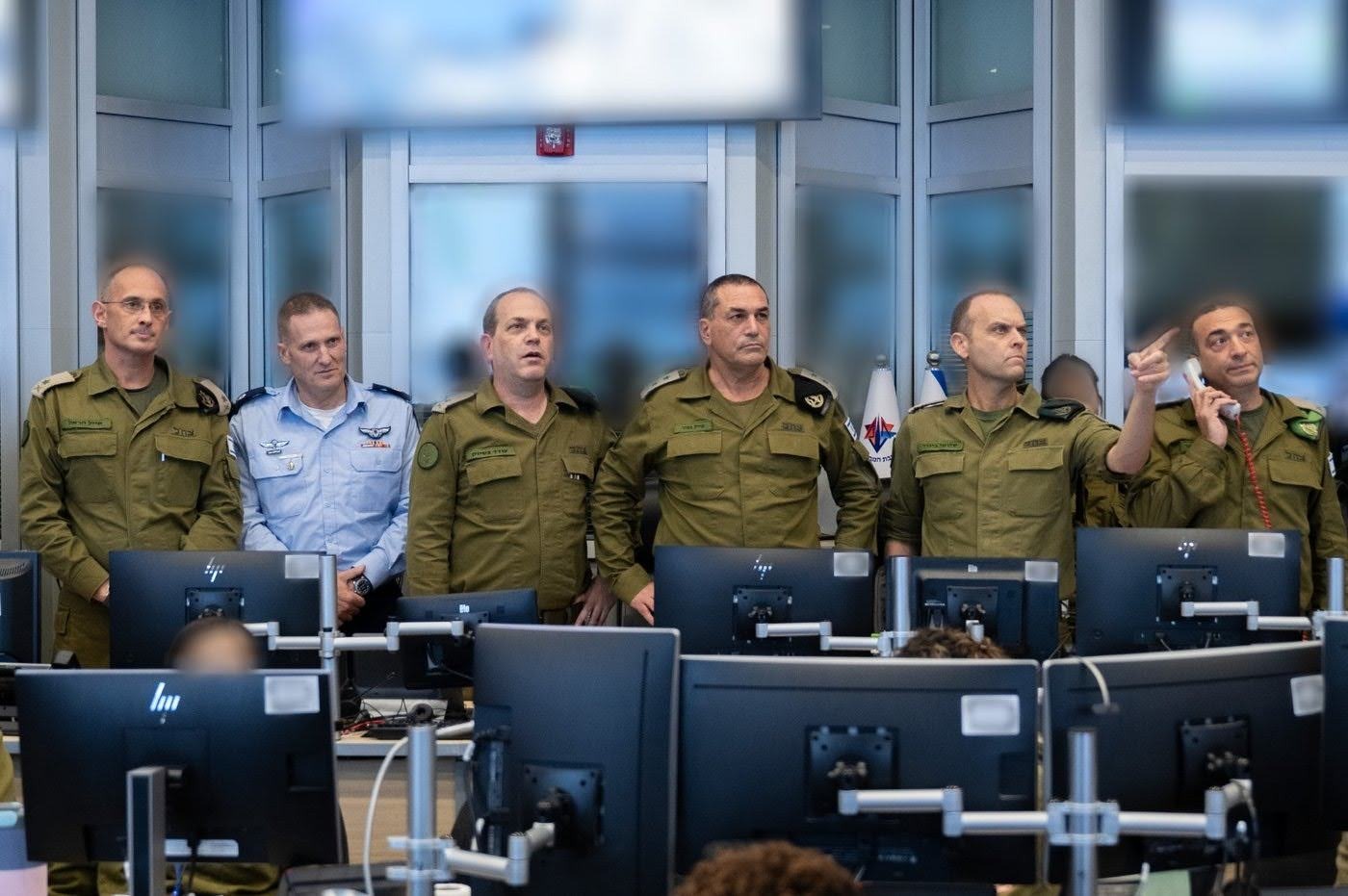
IDF’s Shadow Command: A Preemptive Strike Against Iran’s War Plans
Israel’s Defense Forces reportedly established a top-secret “shadow command” during their conflict with Iran, a contingency plan to maintain operational continuity in case of a devastating attack on the military’s leadership.
A Contingency Plan: The IDF’s Shadow Command
The Israel Defense Forces (IDF) reportedly implemented a groundbreaking “shadow command” during their recent conflict with Iran. This secret, backup command structure, led by Deputy Chief of Staff Tamir Yadai, was positioned in a secure bunker, prepared to take over operations if the IDF’s existing command structure was compromised. This unprecedented move underscores the IDF’s serious concern about the potential for Iran to target their leadership in a future conflict.
This shadow command structure, composed of senior commanders, was meticulously trained and briefed on operational plans. Its existence demonstrates a significant level of preparedness for a worst-case scenario, including a potential Iranian missile strike on the IDF’s leadership.
A Critical Contingency: Protecting Operational Continuity
The shadow command’s operation was designed to ensure operational continuity in a crisis. This included isolating the shadow staff from the regular communication infrastructure to prevent cyber or physical attacks. The success of the shadow command in maintaining functional continuity throughout the conflict strengthens the IDF’s ability to respond efficiently in the face of unpredictable attacks.
The successful establishment of the shadow command highlights the IDF’s commitment to maintaining a secure and resilient command structure, crucial for responding effectively during periods of intense conflict. The potential for swift and decisive action by the shadow command could have been a key factor in achieving success in the face of a complex and unpredictable enemy.
Implications for Future Conflicts: A Lesson Learned?
The IDF’s establishment of a shadow command has significant implications for future conflicts. The experience gained during the Iran conflict will likely shape future war plans and strengthen the IDF’s ability to adapt to various threats, including targeted attacks on leadership. This proactive measure highlights the IDF’s dedication to preparedness and adaptability in a complex, volatile geopolitical landscape.
The implementation of a shadow command structure is a testament to the IDF’s commitment to maintaining operational effectiveness in the face of potential threats. The successful implementation of the shadow command likely improved the IDF’s ability to adapt to challenges and maintain its strategic objectives during the conflict.
Key Takeaways
- The IDF established a secret shadow command during the conflict with Iran.
- This command was designed to maintain operational continuity if the existing leadership was compromised.
- The shadow command demonstrates the IDF’s proactive approach to potential threats.
- This contingency plan likely influenced the IDF’s ability to react to challenges during the conflict.
- The experience gained from this operation will likely shape future war plans and strategies.




.png?width=1200&height=630&fit=crop&enable=upscale&auto=webp)

